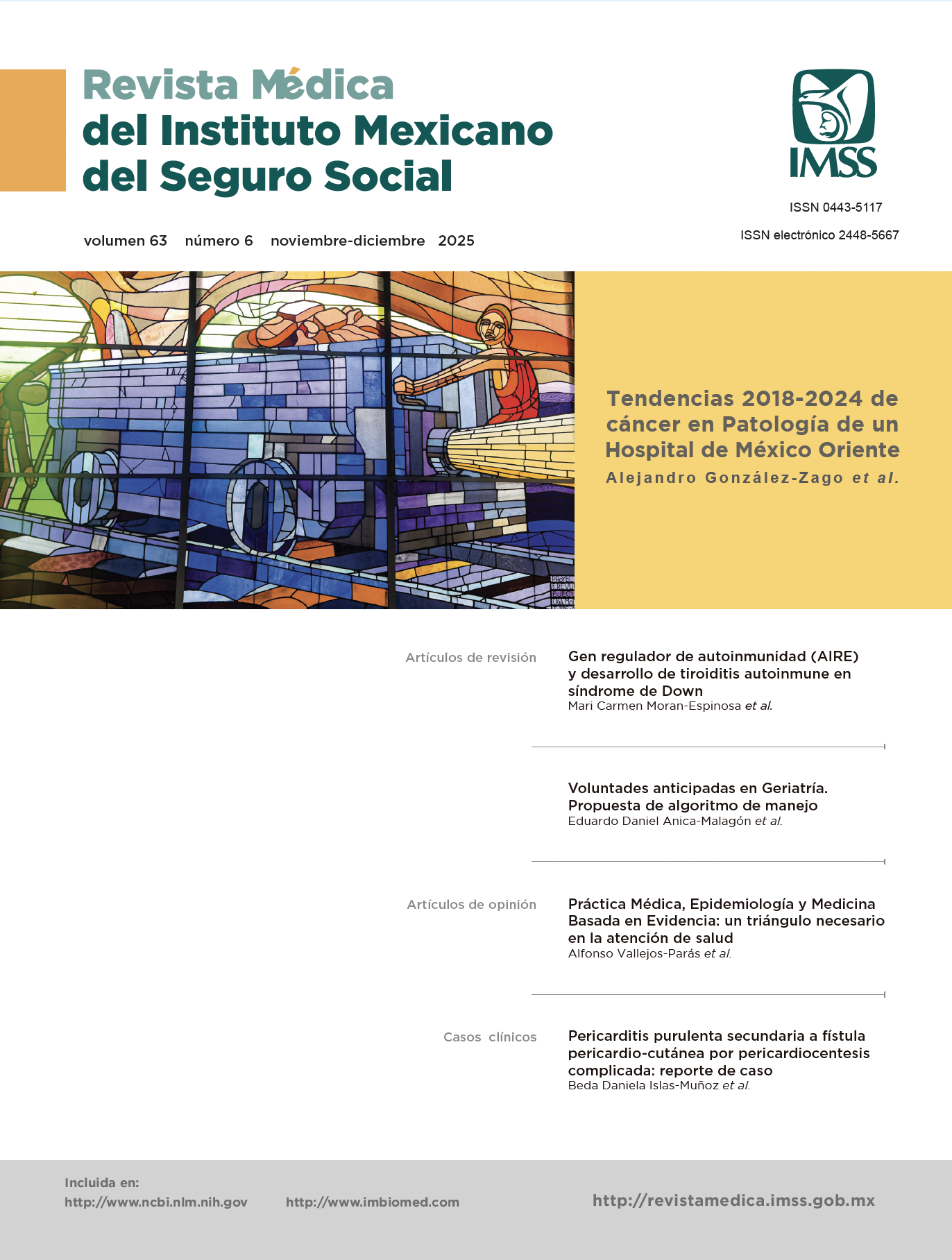Research trends on botulinum toxin A in bruxism: a bibliometric analysis
Main Article Content
Keywords
Botulinum Toxins, Type A, Bruxism, Information Services, Bibliometric Analysis
Abstract
Background: Bruxism is a multifactorial condition that causes orofacial pain, dental wear, and temporomandibular disorders. Botulinum toxin type A (BT-A) has emerged as a therapeutic alternative to reduce muscle hyperactivity.
Objective: To analyze the scientific output on the use of BT-A in the treatment of bruxism through a bibliometric analysis.
Materials and Methods: Publications indexed in Web of Science, Scopus, and PubMed between 1997 and 2025 were reviewed. Lotka’s and Bradford’s bibliometric laws were applied, along with co-authorship network and thematic co-occurrence analyses.
Results: A total of 244 articles were identified. A total of 93.1% of authors had only one publication, and collaborations were mostly regional. The most productive journals focused on dentistry and maxillofacial surgery. Review articles and observational studies predominated, with a limited number of clinical trials. Thematic evolution revealed a shift from anatomical aspects to clinical efficacy, pain management, and sleep disorders.
Conclusions: Although research on the use of BT-A for bruxism has increased in recent years, significant challenges remain, such as low international collaboration and limited clinical evidence. It is recommended to promote multicenter studies, standardize therapeutic protocols, and explore specific population subgroups to advance toward safer and more personalized treatments.
References
1. Manfredini D, Winocur E, Guarda-Nardini L, Paesani D, Lobbezoo F. Epidemiology of bruxism in adults: a systematic review of the literature. J Orofac Pain. 2013;27(2):99-110. DOI: 10.11607/jop.921
2. Kokich VG, Choi S, Motta LJ, Santos EM, Martimbianco AL, et al. The current trend in management of bruxism and chronic pain: An overview of systematic reviews. J Pain Res. 2024; 17:249-60. DOI: 10.2147/JPR.S268114
3. Chen YW, Tsai C H, Bae TH, Huang C Y, Chen C, Kang Y N, Chiu W K. Effectiveness of botulinum toxin injection on bruxism: a systematic review and meta analysis of randomized controlled trials. Aesthetic Plast Surg. 2023;47(2):775-90. DOI: 10.1007/s00266-023-03256-8
4. Bussadori SK, Motta LJ, Horliana Ratto EC, Santos EM, Martimbianco ALC. Botulinum toxin for bruxism: an overview. Toxins (Basel). 2024;17(5):249. https://doi.org/10.3390/ toxins17050249
5. Shim YJ, Lee HJ, Park KJ, Kim HT, Hong IH, Kim ST. Botulinum toxin therapy for managing sleep bruxism: a randomized and placebo controlled trial. Toxins (Basel). 2020;12(3):168. https:// doi.org/10.3390/toxins12030168
6. Shim YJ, Lee MK, Kato T, Park HU, Heo K, Kim ST. Effects of botulinum toxin on jaw motor events during sleep bruxism patients: a polysomnographic evaluation. J Clin Sleep Med. 2014;10(3):291-298. DOI: 10.5664/jcsm.3532
7. Guarda-Nardini L, Manfredini D, Salamone M, Salmaso L, Tonello S, Ferronato G. Efficacy of botulinum toxin in treating myofascial pain in bruxers: a controlled pilot study. Cranio. 2008;26(2):126-35. DOI: 10.1179/crn.2008.017
8. Al-Wayli H. Efficacy of botulinum toxin injection for treating sleep bruxism. Saudi Med J. 2017;38(7):682-6. doi:10.4317/ jced.53084
9. Villanueva‑García M, Ruck‑Sánchez N, Tinedo‑López P, Espinoza‑Carhuancho F, Pacheco‑Mendoza J, Mayta‑Tovalino F. Bibliometric Analysis of Botulinum Toxin and Bruxism: Impact, Visualization, and Collaborative Networks. J Contemp Dent Pract. 2024(6):599-604. DOI: 10.5005/jp-journals-10024-3708
10. Portocarrero AJ. Análisis bibliométrico de la literatura científica sobre la toxina botulínica en odontología: estudio de producción y visibilidad entre 2018 y 2023. Rev Cient Odontol. 2024;12(1):23-32. http://purl.org/pe-repo/ocde/ford#3.02.14
11. Lotka AJ. The frequency distribution of scientific productivity. J Wash Acad Sci. 1926;16(12):317-23.
12. Bradford, S. C. Sources of Information on Scientific Subjects. Engineering: An Illustrated Weekly Journal, 1934;137, 85-86.
13. Van Eck NJ, Waltman L. Software survey: VOSviewer, a computer program for bibliometric mapping. Scientometrics. 2010;84(2):523-38.
14. Donthu N, Kumar S, Mukherjee D, Pandey N, Lim WM. How to conduct a bibliometric analysis: An overview and guidelines. J Bus Res. 2021;133:285-96.
15. Ratyna K, Bochenek O, Koper M, Kałuża J, et al. Adverse effects of treating bruxism and masseter muscle hypertrophy with botulinum toxin injection - a literature review. Quality in Sport. 2024;21. DOI:10.12775/QS.2024.21.54012
16. Malcangi G, Patano A, Pezzolla C, Riccaldo L, Mancini A, Di Pede C, Inchingolo AD, Inchingolo F, Bordea IR, Dipalma G, Inchingolo AM. Bruxism and Botulinum Injection: Challenges and Insights. J Clin Med. 2023; 10-12(14):4586. doi: 10.3390/ jcm12144586.
17. De la Torre Canales G, Câmara-Souza MB, Muñoz Lora VRM, Guarda-Nardini L, Conti PCR, Rodrigues Garcia RCM, et al. Is there enough evidence to use botulinum toxin in bruxism? A systematic review. J Oral Rehabil. 2017;44(3):261-70. DOI: 10.3390/toxins12060395
18. Aria M, Cuccurullo C. bibliometrix: An R-tool for comprehensive science mapping analysis. J Informetr. 2017;11(4):959-75.


